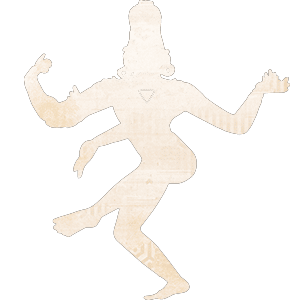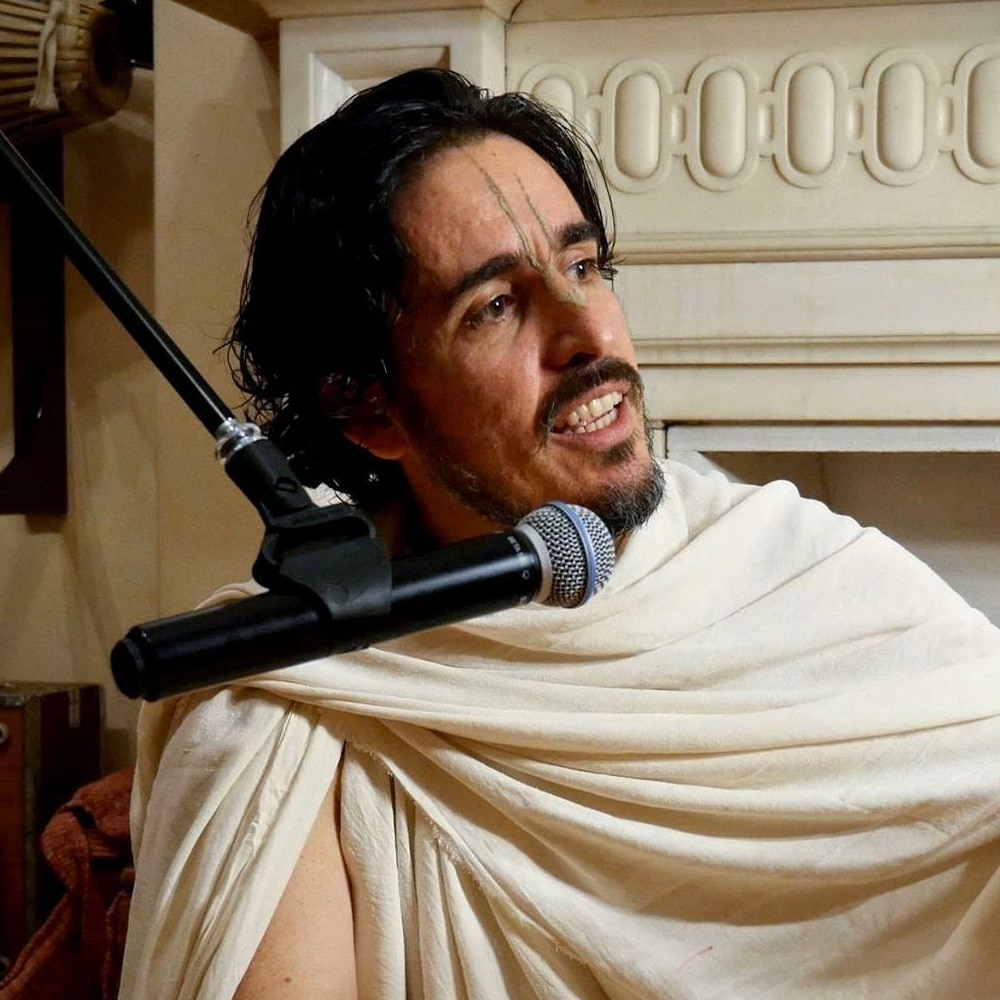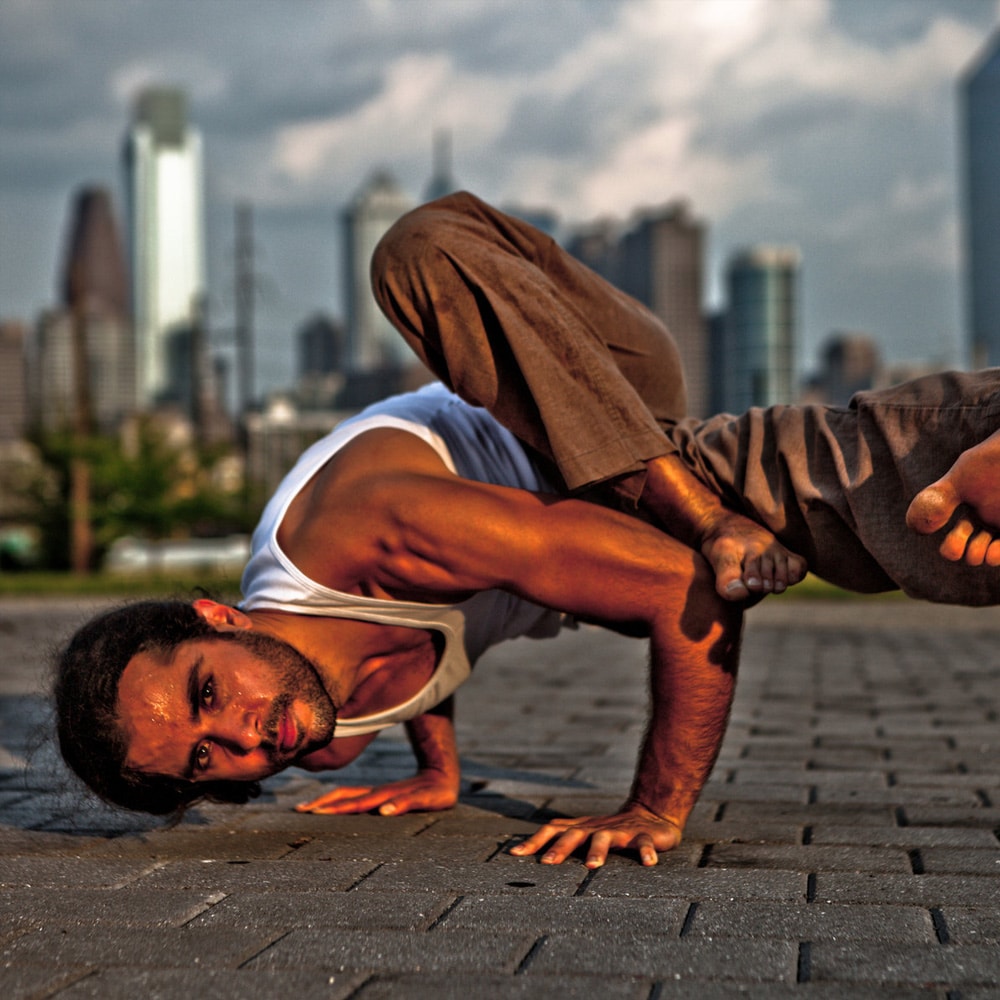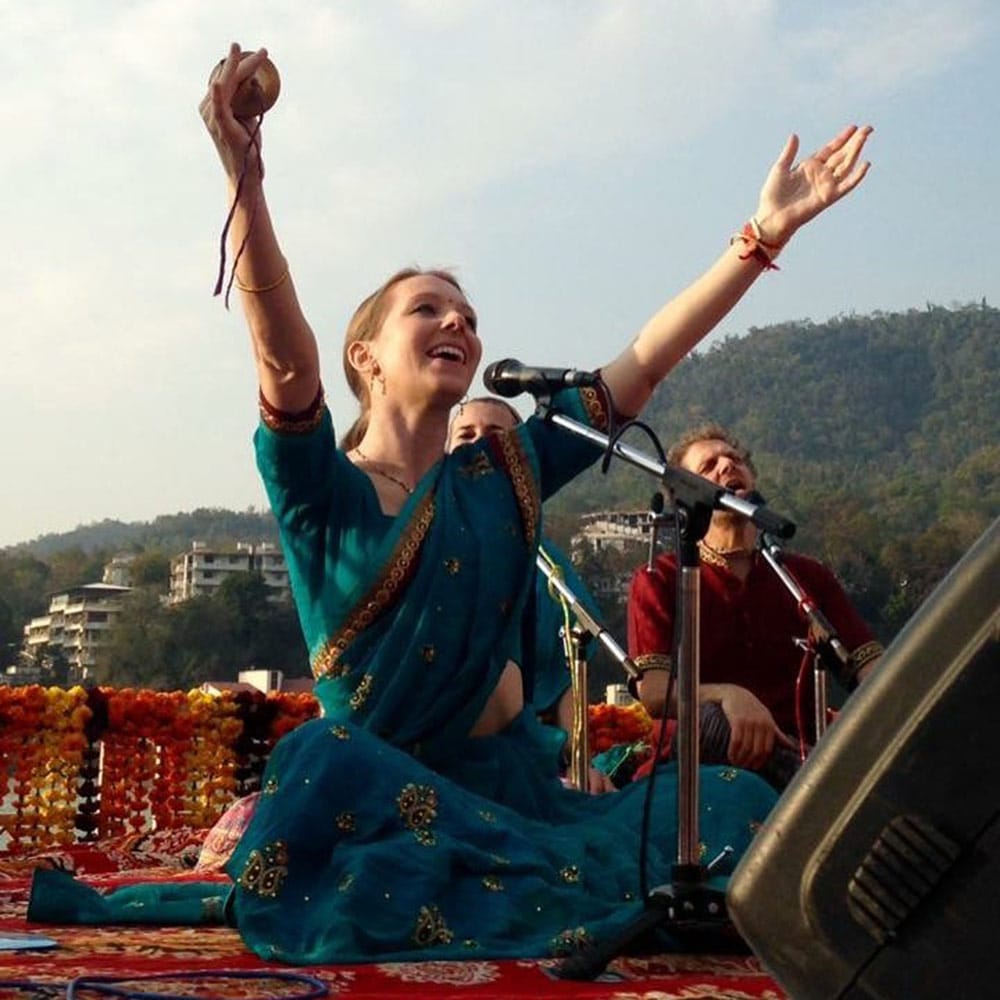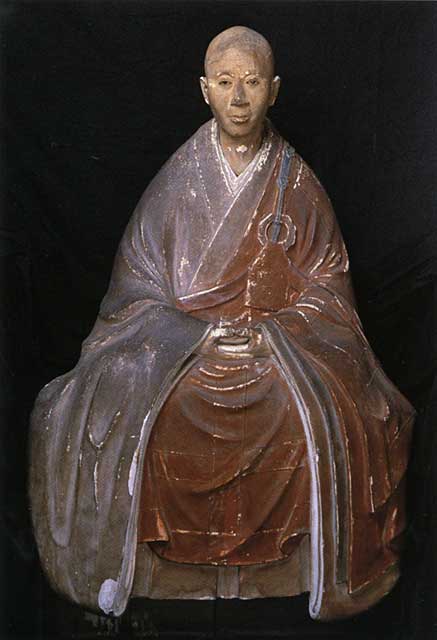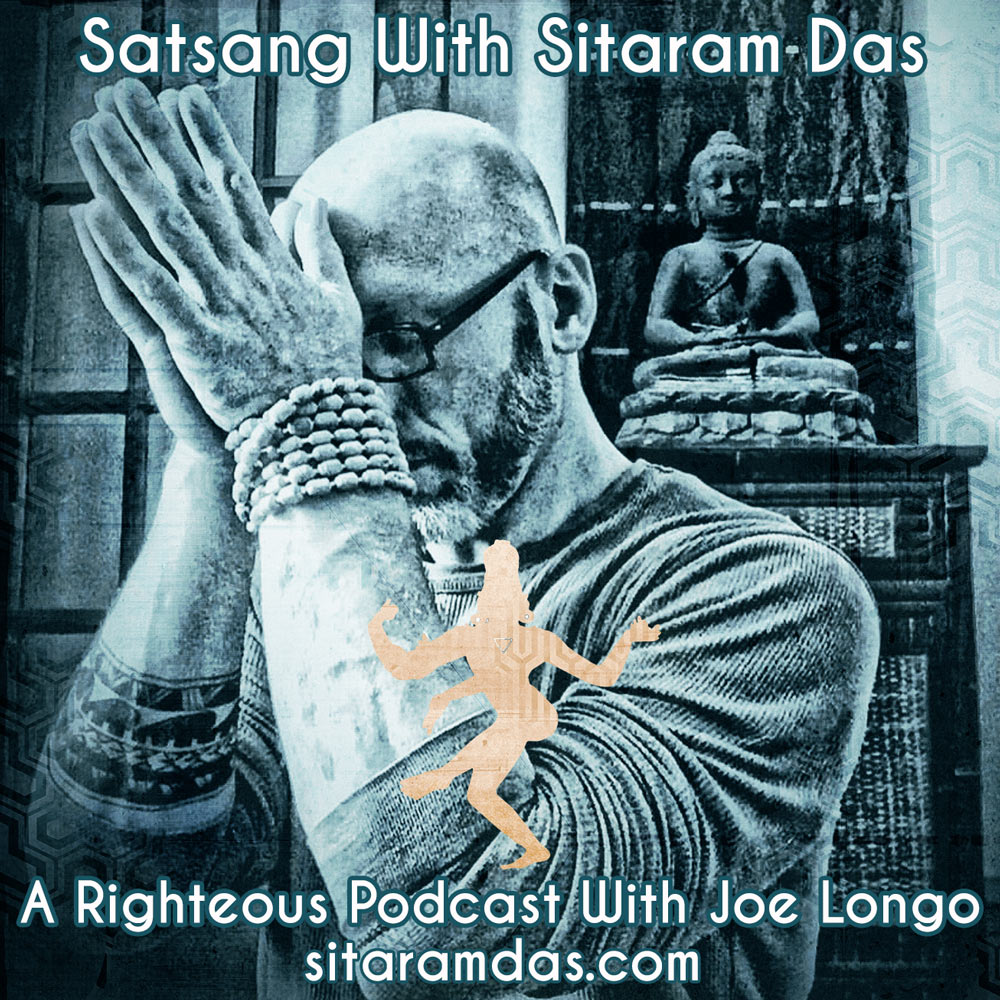by Sitaram Das | May 5, 2017 | meditation
“The purpose of meditation is to clear the mind of all thoughts, right?” – All the students
I’ve been teaching meditation in my little corner of the world for quite some time now, and I’ve got some pretty sharp students. At this point, they have some pretty healthy ideas about meditation. So it definitely surprises me that this old idea keeps popping up. People still, to this day, complain that they can’t make their thoughts stop.
Like you’d really even want to. If it happened to you for real, it would be like one of those old bad Jim Carrey movies where his wish came true, and it turned out to be a curse. How would you function?
Shamatha practice, sometimes called calm abiding meditation, is a popular meditation technique, easy to learn, and yet sometimes easy to misunderstand. It’s simple. The practitioner focuses on a single object, most often the breath. They watch the breath go in and out, and when a thought pops up, it’s noticed, labeled (often ‘thinking’) and let go of. The attention then goes back to the breath. Sometimes, when this is practiced over a long period of time, there are extended spaces without thought, but sometimes there are not. But just because the practice is the noticing and discarding of thoughts, doesn’t mean that the purpose is the final destruction of all thoughts, or even the ability to be without thoughts at will.
The purpose is clarity. The purpose is focus, attention, and perspective. Just because you train a puppy to sit – sit….siiit…sit…sitsitsit….good boy….sit – doesn’t mean you want a dog that only sits. You want a dog that listens, is faithful and well behaved. We want a mind that knows not to chase squirrels through traffic, and doesn’t roll in the muck. When bring the attention back to the breath, we are telling ourselves that being peaceful is more important than following a resentful story, ruminating on our misspent youth, or worrying about a future that might never come.
We practice with watching and training our minds on the cushion, so that this understanding and value system will begin to permeate the rest of our life, as well. We have the clarity and perspective to make better decisions. We are less likely to getting sucked into an unhealthy situation. We are less likely to miss out on an opportunity because of fear. We have an increasingly better chance of responding from our center, and being the person that we want to be, the person we know we are. As near as I can tell, this is the purpose of meditation, not to be a mindless zombie, but to be who we are.
—-
side note – if you’re unfamiliar with this practice, and you want to learn it, please find a qualified teacher. Of course, I’m also available.
by Sitaram Das | Mar 3, 2017 | Uncategorized
From the roof, I can see coconut palms, stretching out as far as the eye can see, in three directions. To the west, is the Arabian Sea, disappearing over the horizon. It’s gorgeous, and new, but totally posting a podcast is impossible. I take a morning walk to the Goddess pujas (Saraswati, Lakshmi, and Uma) through tropical garden paths, and stroll the bridges over the backwaters, which is totally conducive to meditation, but not broadcasting. Amma (Mata Amritanandamayi) was here for a couple of days, between tours. She hugged us, and gave us spiritual teachings, and passed out rice and dahl for 2000, and generally imbued the space with holiness, and I’d love to say I’ve got a podcast with her coming up, but she was pretty busy. Which is cool, I’m ok with that. Jungle Podcasting is difficult.
But I did want see if I could sneak this little post up through my 3g hotspot. (1 gig for 185 rupees) I had every intention of getting a couple of episodes out much sooner. For those of you that don’t know, I experimented with living in a yurt on a hillside in Marin County. And while that had some of it’s own first world level connectivity issues, it was lovely. Until it wasn’t. There was really heavy rain last month, and a lot of the area flooded, highways got shut down, and the yurt turned into a wet, moldy mess. So we (the gorgeous Somya Devi) and I packed up our stuff in a super big hurry, vacated by the end of the month, and hightailed it out of the country. It was a sprint, and didn’t really leave any time to post the two episodes I have on the hard drive. Now things have calmed down, there is plenty of time for this sort of thing, and the atmosphere is sublime, it’s the technology that’s off. Podcasting is apparently a first world activity. A privilege of sorts. But, I digress, and I’ll leave the politics and social justice talks for people who are better suited.
So, I beg the forgiveness of Vraja Kishor, and Noah Julian, who played their parts amazingly well. They showed up, and shared of themselves, their wisdom, their struggles. I really look forward to you hearing them. And, while at the ashram, I also ran into Prajna Viera. We did a session on location, overlooking the sea, as her husband laughed at us the entire time. It came out pretty good, even if the sound is a little off. So, as soon as I’m back in a place where uploading is possible, that’s not one, not two, but three recordings of conversations with some very brilliant, interesting, and patient people.
by Sitaram Das | Jun 4, 2016 | Book Club, poetry
Zen Poetry Is Blowing My Mind Right Now, Man
At every breath I’m happier
What’s this? Am I mad again?
I went mad once, then again.
At every breath I’m happier.
I sneeze: an explosion of ash, puff!
The city blazes, disappears.Once again I’ll build myself
A house, fire-proof, pleasant.
I begin carting bricks, with others.
The cornerstone is laid, my dream
Indestructible. But Then I sneeze-
The city rises like the phoenix.
-Shinkichi Takahashi
I was talking to an old friend from The Philadelphia Satsang the other day, and she wanted to know what I was reading. That’s one of the kind of things we talk about. Better that than gossip, right? I was excited to answer, because I’m on this Zen Poetry kick. I don’t like saying things like ‘I’m on a zen poetry kick right now’, because I think it sounds pretentious, I can hear John Cusack’s character from High Fidelity making fun of Tim Robbin’s character, ‘he wears rings and reads zen poetry’.
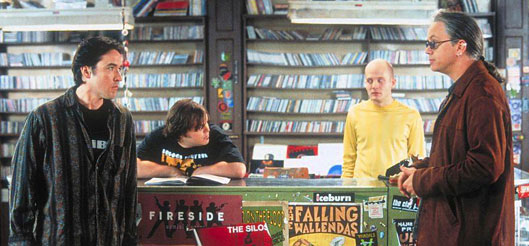
I went up to Oregon last month, to help my friend pick out a little school bus to transform into an rv/tiny house. On the way back down, I stopped in Eugene, my stomping grounds from 95-00. I wanted to do some of the old things I used to do. One of my old rituals was, I’d go to John Perry’s yoga class, and then I’d spend an hour or two going through the yoga section at Smith Family Books. They shared a building. It’s really where I got my initial yoga education. Their yoga book section was huge, and was mixed in with books on channeled pleiadian teachings, buddhism, shamanism. It’s where I first really dug into Ram Dass.

So, It was college, and I didn’t have a ton of money to spend on extra books. I could do the Ramen Noodle equivalent of book collecting. And so, I read what I could while I was there, and I would also look for tiny little gems, needles in haystacks. How much wisdom could I buy for the smallest amount of money? What does $3, $4 worth of enlightenment look like?
Shinkichi Takahashi
Well, this trip, $4 bought me a copy of Afterimages: Zen Poems By Shinkcihi Takahasi. Shinkichi was born in 1901, and didn’t spend his entire life cloistered. So there are modern references, of TV, of Mexico, and even some romantic references, that I didn’t quite expect:
Thistles bloom in the vast moonlight
Cup of the Mexican Sands
Thistles bloomed on the round hillock
of a woman’s heart.
And he’s funny, “Exactly thirty years ago my father died, While Autumn flowers were fading. What’s happened since? Don’t ask him-”
And at the same time profound. The poem that I opened this post really spoke to me about the way the mind moves in meditation. Creating entire worlds, destroying them, building them up again, only to have them washed away by forces beyond our control. It happens over and over again, even in a short session, and there is nothing to be done other than to continue breathing, and continue observing. We get taught that all things are impermanent, that all things appear to rise, stay for a time, and then pass away. And we internalize that insight, and start to see it in our lives. But most of the time, when we talk about it, or read about it, it is in a dry, technical way. This is, of course, problematic. Our minds, and our soul require a certain amount of poetry. Poetry shines a light into corners of our mind that a lecture (like this one) just can’t. It’s almost like a little secret. You get it, and a wry smiles crosses your lips, and you grow.
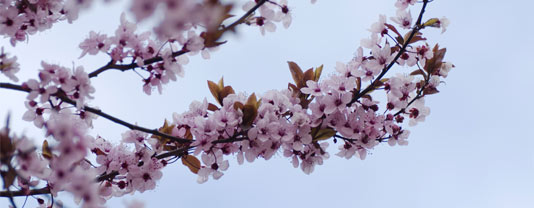
Museo Soseki
Then, Last week, I went to Great Barrington to hang out with Somya’s Family for a little while. Great Barrington is just a town over from Kripalu, so I figured they might have a couple of good used bookstores. We found Yellow House Books. Nice Spot. I got Somya book on Ayurvedic Tongue Diagnosis, stumbled upon a book on Maori Tattooing for my pal Salem, who owns Eye of The Tiger Tattoo, and splurged on another book of Zen Poetry for myself, forking over a whole nine bucks to pick up a copy of Muso Soseki’s Sun At Midnight.

Muso is much more old school. Born in 1275, he lived as a monk from a very early age, and sought a ‘special transmission outside the scriptures’. He became well respected for his insight, so much so, that several warlords and emperors all sought his audience, asking him to live at their various temples. In his later years, he took to tending the temple gardens, and is known as the father of the zen rock garden. Much of his work still stands today.
It is said that he attained enlightenment late in the evening while walking through his hermitage. He had no light, but thought he knew exactly where he was. He put his hand out to steady himself on a wall that was supposed to be there, and instead, found himself lying on the ground. In this moment, he broke through to the other side. He then wrote his satori poem, which is as follows:
Year after year
I dug in the earth
Looking for the blue of heaven
Only to feel
the pile of dirt
choking me
Until once in the dead of night
I tripped on a broken brick
and kicked it into the air
and saw that without a thought
I had smashed the bones
of the empty sky
And this is why I practice. It’s almost instinct to dig with the rational mind, to try to figure out heaven, to try to computate our way into heaven, and it never works. I need to be reminded to that the sky is above me, and all I need to do is lift my head up, and breathe it in.
It only gets better from there. Muso is full of them. I’d love for you to hear more of them, but I really don’t want to type them out any more. Pick up a copy for yourself, your students will thank you.
——–
And, if you liked this article, come and talk about this sort of subject with me at My Next Yin Yoga Weekend. Click Here To Find Out More. Its going to be a whole weekend of empty sky.
by Sitaram Das | Jul 19, 2015 | meditation, yin
Muddy Water is best Cleared By Leaving It Alone – Alan Watts (from The Way of Zen )
)
It is time to move away from the metaphor of ‘mud as concept’ and move into the understanding of ‘mud as process’.
We tend to think of our minds as a container, filled to the brim with the complicated details of our lives. We have so much to do, and so little time. So much is asked of us, and resources appear scarce. If we can just get a little quiet time, without pressing demands, only then we can relax.
This may provide some relief, but it doesn’t get to the root of the issue. As long as we think of the mud as being something outside of ourselves, we are a victim, powerless to forces outside ourselves. And this is no way to live.
The mud of life is just going to happen, there is nothing to be done about that. Unless we are in some kind of untenable or abusive situation, we need to deal with reality as it comes.
Closer to the truth, is seeing the mud as being inside of us. But the mud is not some kind of ‘impurity’ or bad energy . Nothing so maudlin as that. We want to step away from ideas that induce shame, or perpetuate self hate. We don’t need to cleanse. We don’t need to buy indulgences.
It’s much simpler than that. Our minds have a tendency to make things more complicated than they need to be. Hungry for meaning and spiritual satisfaction, the mind gnaws on the events of our life. It elevates the smallest details and the most irrelevant, irrational fears into high drama. Perhaps the mind is just trying to be helpful, but it often just really isn’t. It takes us out of joy and peace, all the while telling us it has our best interests in mind.
You can’t throw rocks at a ripple. There’s the rub. Hatred never ceases by hatred. (thats from The Dhammapada  )
)
The best thing we can do, is leave it alone. If it wants to wrestle, let it wrestle itself. This is why we have our yin yoga and meditation practice. We put ourselves into poses, we breathe, and we let the mind do what it wants. Somehow, some-miraculous-how, it starts to settle all on its own. Something we couldn’t do, something we only made worse with our effort, just happens naturally, when we leave it alone.
Thanks, Alan Watts.
And, if you liked this article, come and talk about this sort of subject with me at My Next Yin Yoga Weekend. Click Here To Find Out More. Its going to be a whole weekend of leaving ourselves alone, in the most hands on way.
by Sitaram Das | May 9, 2013 | Uncategorized
There were bramacharis from the San Diego ISKON temple in vrindavan the same time we were there. Young pink skinned boys in clean pink robes. You couldn’t tell which was paler. One brown skinned boy, too. Carlos. Smart kid. He wore glasses, and kept them attached to his head with those sports straps. Monkeys, he explained. The monkeys were everywhere. And they would steal your glasses right off your face. If you were lucky, you could pay the monkeys with bananas, and get them back. Monkeys have a profession. I’ve heard it said that the monkeys are reincarnations of black magicians and sorcerers, and so, even now, they are always fighting with each other, playing tricks on people, causing chaos. By feeding the monkeys freely, and giving enough to all of them, you give them a chance to calm down and be nice for a moment. With just a few bananas a day, you can help free a monkey from their never ending cycle of bad karma. I helped feed a whole grip of monkeys and people at the Hanuman temple in vrindavan, but that doesn’t come until later. We’ll come back to that.
The bramacharis, led by temple director Mahan Tattva, were going to all these holy sites in and around vrindavan, and the day we arrived they were going to the Radha Temple in Barsana. We were invited to go along. Jasmine got us an in. So Franklin, Jasmine, and I joined the seven pink young men and the three householders that were traveling with them. Mahan Tattva negotiated a decent price on three tuk-tuks, and we all piled in, and took off down the road.
Barsana, for those of you who have never heard of it before (and why would you) is the birthplace and childhood home of Radha, so its considered sacred, and this otherwise sleepy tiny little village has been built up with fabulously ornate and gorgeous temples, connected by little windy pathways that are dotted with smaller, folksier shrines every twenty meters or so. One of the little roads ends up at Radha Kund, a square, murky pool surrounded by gray stone steps that descend into it. Legend has it that Radha used to bathe here. There were no gopis bathing in it today, perhaps we go there too late. At this time of day the kund is only populated by small boys looking for change and monkeys laying in wait, in case anyone dared to eat ice cream on their turf. One of our dudes ended up scratched. Ice cream at the Kund is a bad idea.
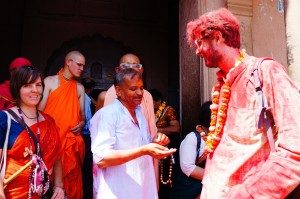 Anyhow, back to the tuk-tuk. It got more and more rural, as we cruised to Barsana. Up to this point, Vrindavan was as calm and as quiet as we had seen. Delhi was a total madhouse, loud and colorful and dirty and chaotic and magical, like the vomit of God. The road from Delhi to Vrindavan was much like any major road; sometimes busy, sometimes quiet, and dotted with little stores and rest stops. But it wasn’t rural, per se. This road to Barsana, was decorated with those most beloved by Krishna, the cows. Swishing tails, or not, laying in the grass, or not, they increased in number the further down the road we got. As did the smell of cows, of course, you can’t have one without the other. It wasn’t so bad really. Especially as the buildings and the crowds disappeared and the landscape opened up, and the fields of green started to go on forever. The odors out here were far preferable to what we were subjected to in Delhi. And, apparently, cow dung is big business out here. Someone is making bank on cow patties. It would be nice if they would put some of it back into the neighborhood, though. some of the grass and clay huts could certainly use a fresh coat of paint.
Anyhow, back to the tuk-tuk. It got more and more rural, as we cruised to Barsana. Up to this point, Vrindavan was as calm and as quiet as we had seen. Delhi was a total madhouse, loud and colorful and dirty and chaotic and magical, like the vomit of God. The road from Delhi to Vrindavan was much like any major road; sometimes busy, sometimes quiet, and dotted with little stores and rest stops. But it wasn’t rural, per se. This road to Barsana, was decorated with those most beloved by Krishna, the cows. Swishing tails, or not, laying in the grass, or not, they increased in number the further down the road we got. As did the smell of cows, of course, you can’t have one without the other. It wasn’t so bad really. Especially as the buildings and the crowds disappeared and the landscape opened up, and the fields of green started to go on forever. The odors out here were far preferable to what we were subjected to in Delhi. And, apparently, cow dung is big business out here. Someone is making bank on cow patties. It would be nice if they would put some of it back into the neighborhood, though. some of the grass and clay huts could certainly use a fresh coat of paint.
And then, Barsana. Fabulously rising out of the grass, as we approached. An ancient temple city full of begging salesmen and children that descended upon us as we pried ourselves from our tiny conveyance. Shoes off and safely stashed, we made our way up, following the pink robes and tufts of hair that bobbed devotedly up the ancient street. Holy men and widows and all manner of folks murmured, hawked, shouted at us as we made our pilgramage to the top of the hill, to this most sacred space. A veritable gauntlet.
Mahan Tattva, the head gopi in charge warned us, “its holi, people might throw color on you, but its a friendly thing.” He doesn’t know us, clearly. We came for this. And so, we moved slowly up the last set of stairs before the main hall, curious what lay past the scallopped archways. There was Holi, in all its glory. A room full of wild chanting and music, multi colored people jumping and dancing and throwing color in the air. The sad looking monks were pretty attached to their robes staying nice and pink, so we left them in the corner and pounced into the center of the action. The light, soft and pure, was the perfect medium for the rainbow of dust to play inside of. We laughed and danced, and kept winding our way closer to where ever the color happened to be coming from, ‘over there, green! now over there, orange!’ Each dusting a benediction, confirmation from the universe that we were loved.
We might have been the liveliest westerners in the joint. We liked to think we were the liveliest westerners ever. People we psyched to see us join in the fun. They were psyched in general, but as we played along, they pulled us immediately into the fold. Kids jumped on us, laughing, strong backed 20-somethings lifted us into the air laughing, even louder when we lifted them up right back. Hare Krishna, Hare Bol, Happy Holi, we bellowed at each other, celebrating whatever Holi is meant to be celebrating, until we were properly covered and needing to claw ourselves out from the throng to get a breath of unpowdered air. The monks nodded and laughed when they saw us emerge, properly dosed. I couldn’t help but wonder if they were a little jealous that they had to sit on the sidelines, sublimely sipping rasa, as we feasted on these sacred but clearly worldy delights, riding the line, walking the edge. I suppose that renunciation is a bitch. Sometimes more than others.
They whisked us back down the hill, to drink sugar cane juice and lemon sodas before climbing back into the tuk-tuks that would take us all home to the relative quiet of vrindavan. Try as we might to keep things neat, we got red powder all over the hotel room. Maybe some of it is still there, a fingerprint on that wall, a smudge on the bookcase. Another, secret benediction, sharing the love, worldwide puja.
